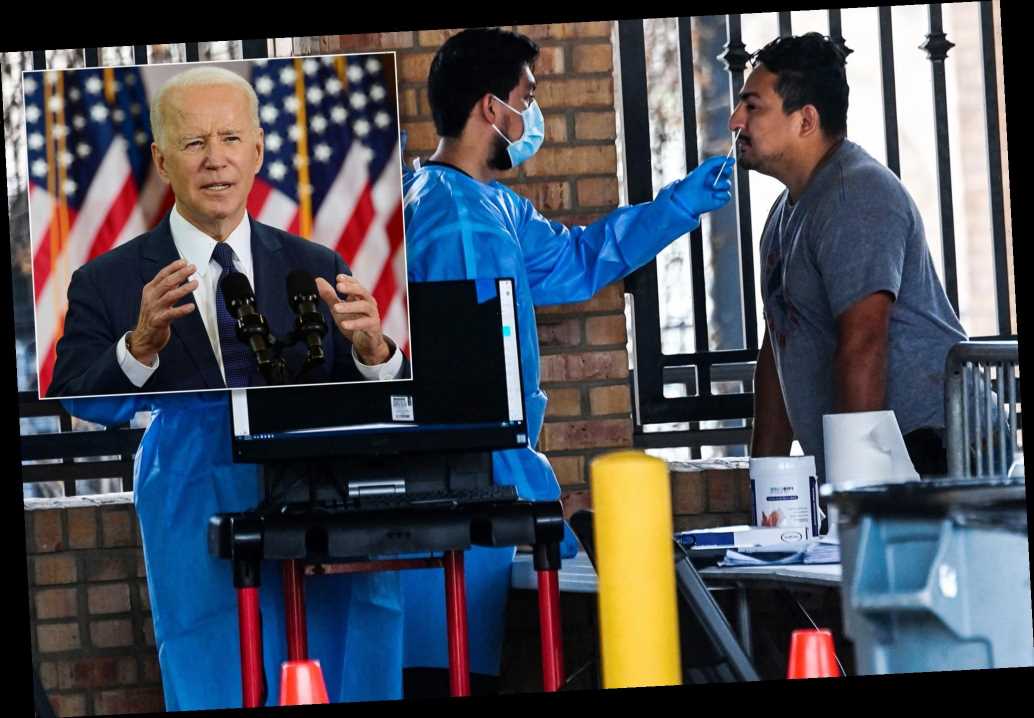More On:
George Floyd
Paramedics say George Floyd had no pulse when they arrived on scene as new bodycam footage is released
George Floyd’s girlfriend admits he struggled with opioid addiction
Floyd pal with him during fatal arrest now refuses to testify — despite saying he would ‘be his voice’
Jurors at George Floyd murder trial shown police bodycam videos
A retired Minneapolis police sergeant on duty during George Floyd’s fatal arrest said cops should have let him get up after he “was no longer offering resistance.”
Former Police Sgt. David Pleoger, the supervising officer on May 25, testified at the murder trial of ex-cop Derek Chauvin Thursday that Chauvin and three other cops kept Floyd pinned down longer than allowed under department police or training.
“Sir, based on your review of the body-worn camera footage, do you have an opinion on when the restraint of Mr. Floyd should have ended in this encounter?” asked Steven Schleicher, a member of the prosecution team.
“Yes sir,” Pleoger answered.
“What is it?” Schleidher asked.
“When Mr. Floyd was no longer offering up any resistance to the officers, they could have ended their restraint,” the former sergeant said.
“And that’s after he was handcuffed and on the ground and no longer resisting?”
“Correct,” Pleoger answered.
Pleoger said he responded to the scene at East 38th Street and Chicago Avenue on the day of Floyd’s death after a 911 dispatcher called to say she was “concerned” over live traffic camera footage of the incident.
Viral footage from the scene shows Chauvin and two other officers — Thomas Lane and J. Alexander Keung — pinning down Floyd on his stomach for more than nine minutes.
Chauvin is seen pressing his knee into the back of Floyd’s neck for most of that time, despite his pleas that he couldn’t breathe and calling for his mother.
Chauvin maintained his knee on Floyd for nearly four minutes after Floyd stopped moving — and even while paramedics showed up and checked his pulse.
Pleoger also said officers in the department are trained to limit the amount of time a suspect can be held down in a prone position while being restrained.
He said the prone position is, “basically flat on your stomach on the ground.”
“Once in a prone position, what does the policy require an officer to do?” Schleicher asked.
“Put him in the side-recovery position,” Pleoger said. “Basically roll them up on their side to ease their breathing rather than leaving them laying on their stomach or chest.”
“And do you know why that is important?” the prosecutor asked.
“It helps them breathe better rather than have all the weight on their chest. It gets them up on their side so they can breathe easier,” Pleoger answered.
Chauvin attorney Eric Nelson noted that Pleoger did not file a use of force report in the incident, but rather passed the task on to a lieutenant.
Nelson contends that Floyd died as a result of drug use and a heart ailment, not the actions of Chauvin and the other officers.
Earlier on Thursday, Floyd’s girlfriend, Courteney Ross, testified that they had both struggled with drug addiction during their three-year relationship.
Share this article:
Source: Read Full Article




